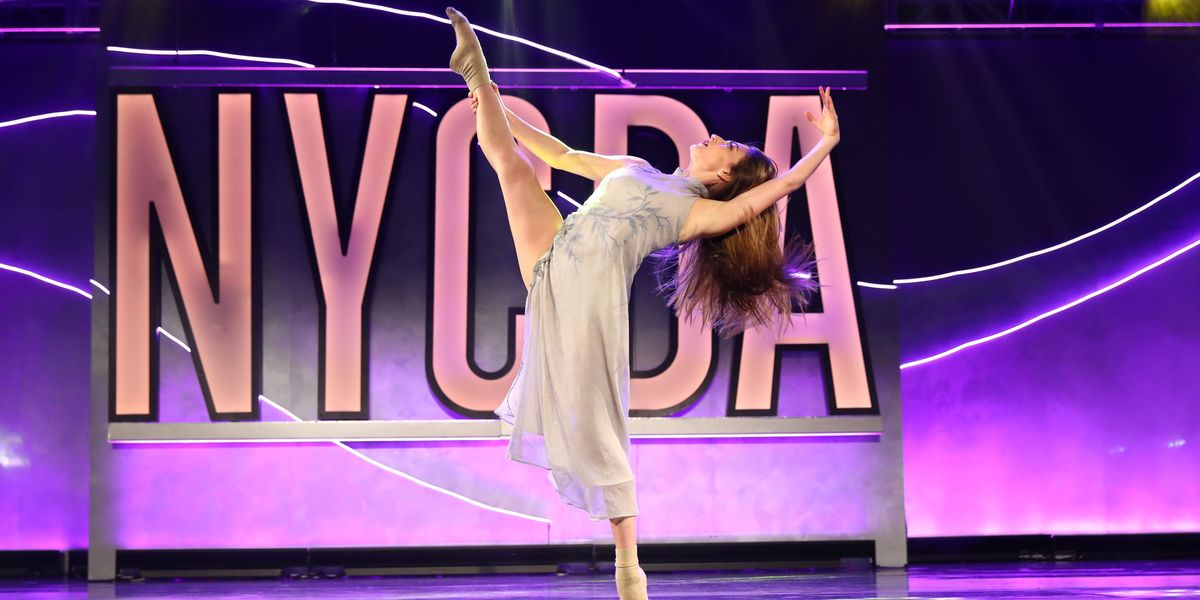9 Ways to Nail Your Competition Solo Without Sacrificing Your Regular Training
You’ve seen her—the competitive dancer who can whip out a quadruple pirouette to the right but falls out of her left turns every time, or the dancer with sky-high extensions who lacks the agility to nail high-speed combinations. Though impressive on the competition stage, these one-trick (or maybe two-trick) ponies often skimp on their regular training.
It begs the question: How do you knock your competition solo out of the ballpark without sacrificing your overall development as a dancer? “Competitions should be on top of your training,” says Mariaelena Ruiz, director of Cary Ballet Conservatory’s professional training program. “Not instead of.”
As dancers look ahead to next year’s competition season, whether online or in-person, keep these nine tips in mind to make the most out of it.
1.Pace yourself.
It’s impossible to be 100 percent “on” all the time, so listen to your body. An overuse injury could ruin not just your competition season, but plague your whole career. If you’re feeling overly fatigued, talk to your teacher about what a manageable schedule looks like for you. “Avoid overworking,” says Ruiz. “Prioritize correct technique. If something must go, it should be the coaching, not class.”
2.Rehearse in small bursts.
Shorter rehearsals can go a long way if they’re focused. Jenna Jones, assistant director of Just Dance Academy in San Rafael, California, works with her competitive dancers on solos for 45 minutes every other week, and then 30 minutes a week in the two months leading up to competition.
3.Practice on your own.
When you have downtime, find an empty studio and go over the feedback you got during your last solo rehearsal—and corrections from class.
4.Cross-train.
Build the stamina to accommodate any extra solo rehearsals as you get closer to competition. Jones recommends light weight-lifting, Pilates and running.
5.Try mindfulness exercises.
Calming your nerves will benefit you, not just in competition, but in any audition or performance. Anxiety can create tension—increasing the risk of fatigue and injury. “When dancers are overly excited, they get wobblier,” says Jones. Ruiz has dancers imagine themselves calm and confident in front of an audience, hearing their music and seeing themselves perform.
6.Research at home.
“Sometimes I recommend students watch videos of their variations to better understand a certain concept,” says Ruiz. Ask your teacher or coach for recommendations to make sure you’re watching the best examples.
7.Practice in front of others.
Even if it’s just a quick run after class, working out some of those performance jitters in front of peers will leave you feeling confident come competition season. Jones encourages her students to take advantage of transition time between classes to slip in a run when possible.
8.Focus on strengths for competition and weaknesses in class.
At the start of each season Ruiz meets with each dancer individually to assess their strengths and weaknesses. “I give them things that challenge them and, in the end, choose something that showcases them for competition,” she says. Just remember, though competitions are ideal for showing off what you’re best at, to become a hirable dancer, you need to work on your weak spots in technique class.
9.Maintain perspective.
Think about competition within the context of your longer-term goals and your career trajectory. Remember that ensemble work is just as important as your solo, since more likely than not, that’s where your professional career will start. “No dancer, regardless of how talented they are, is going to get into a company as a soloist,” says Ruiz.




